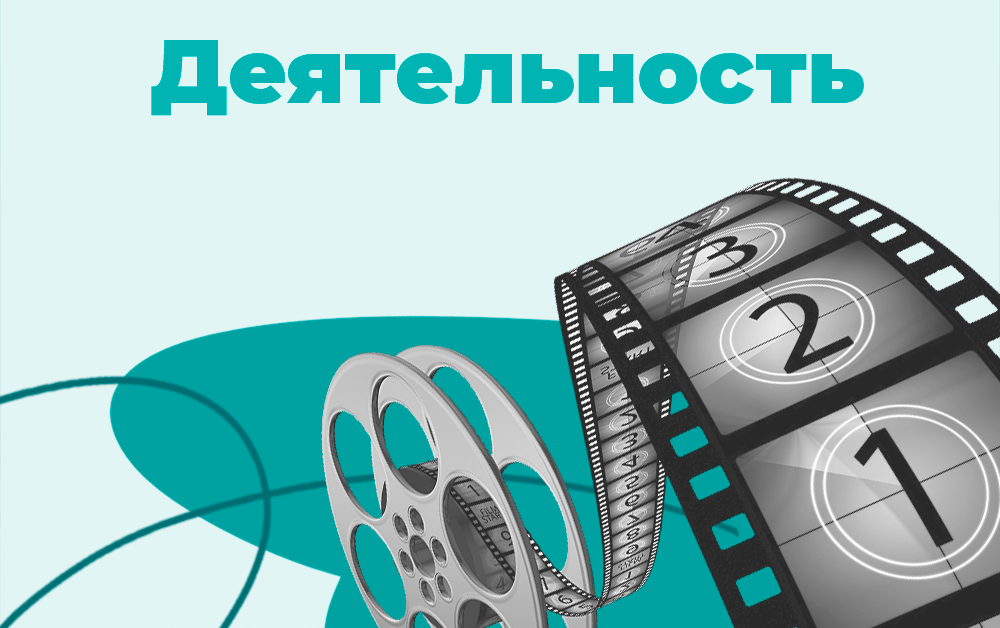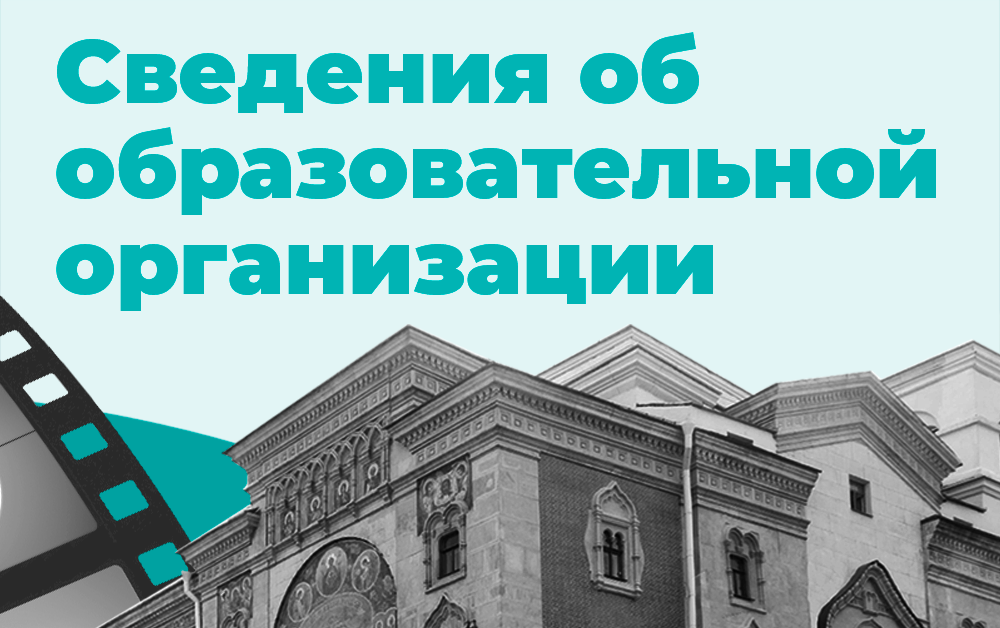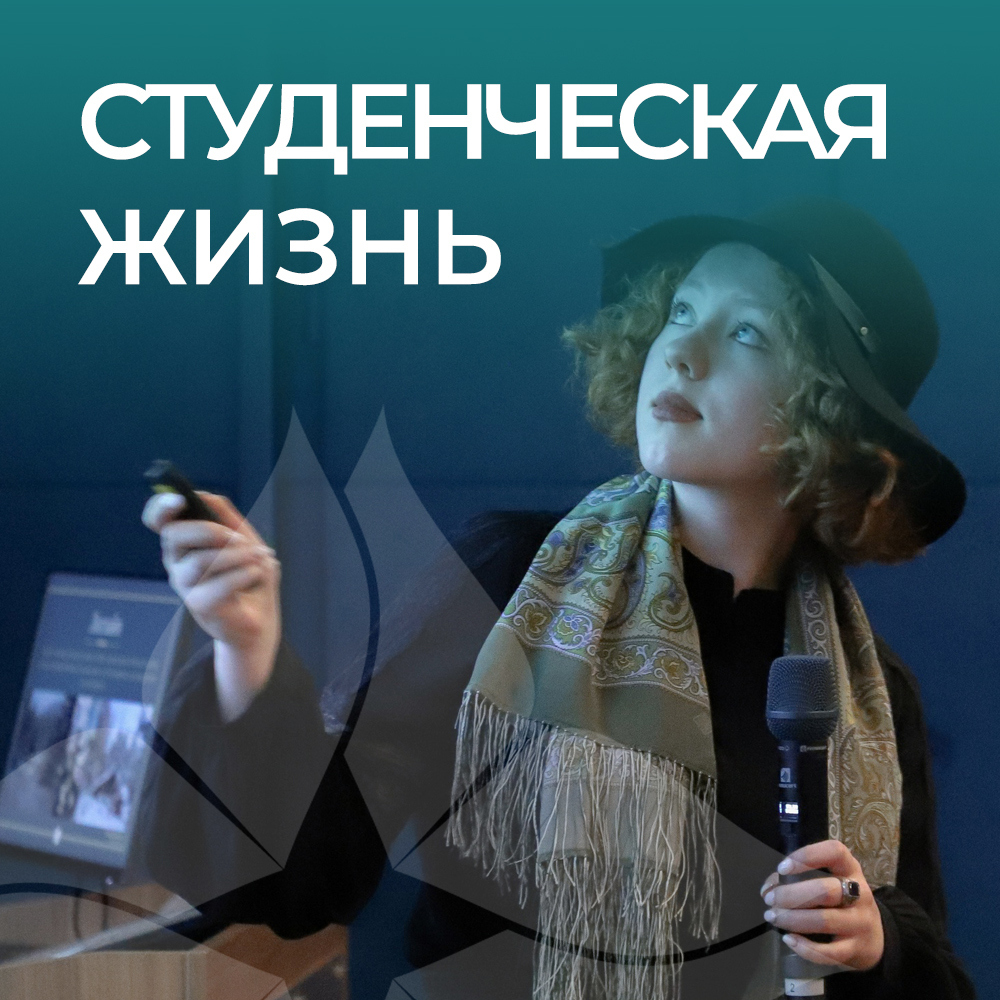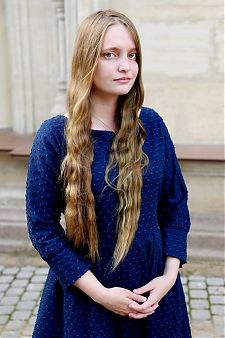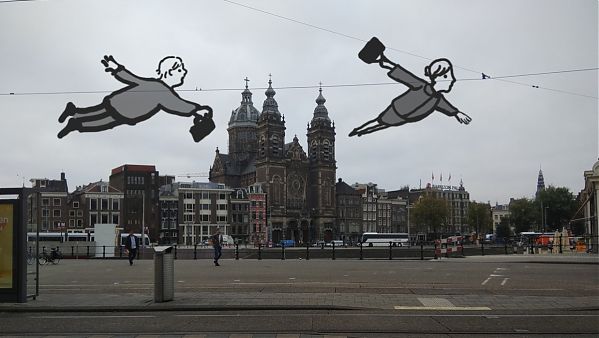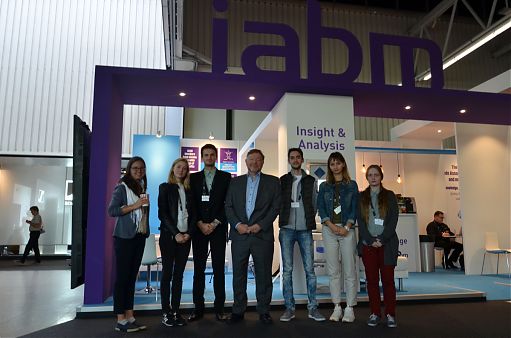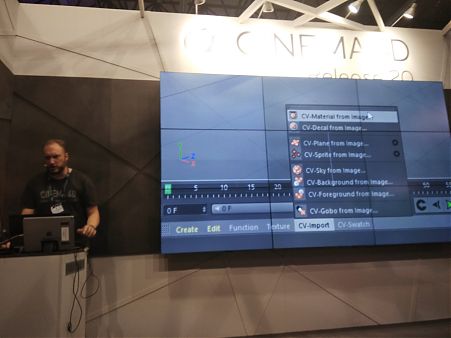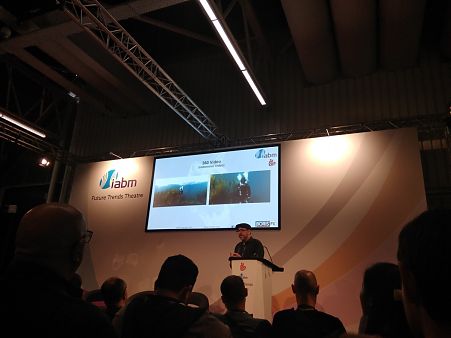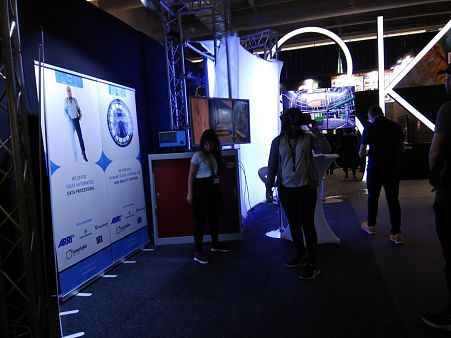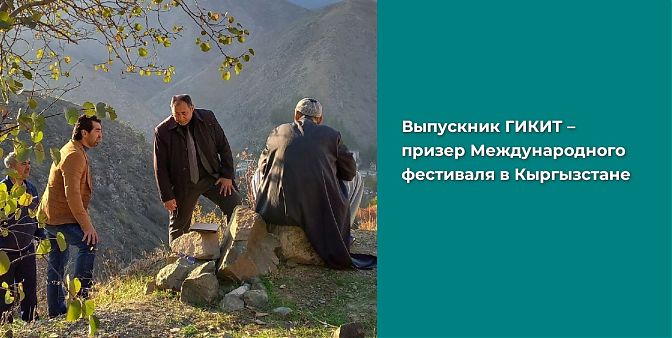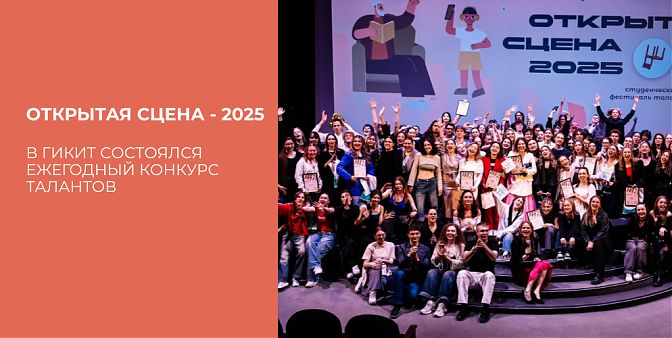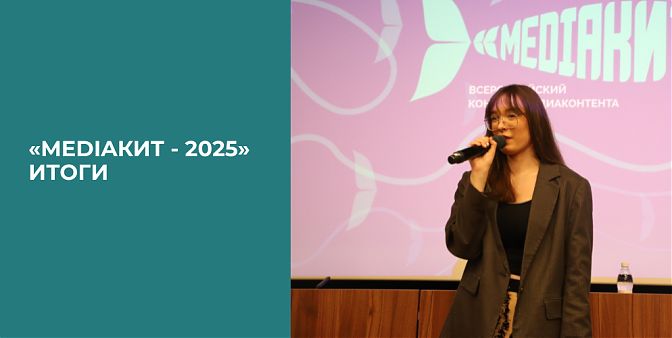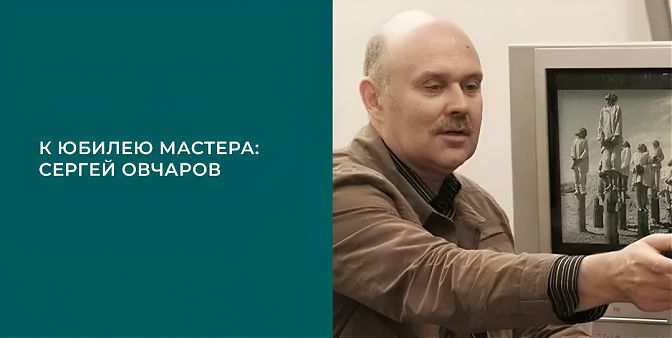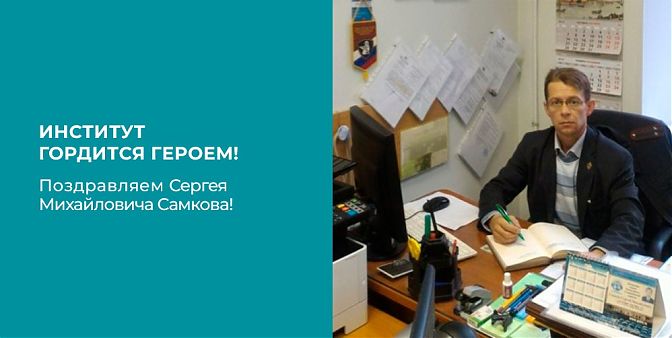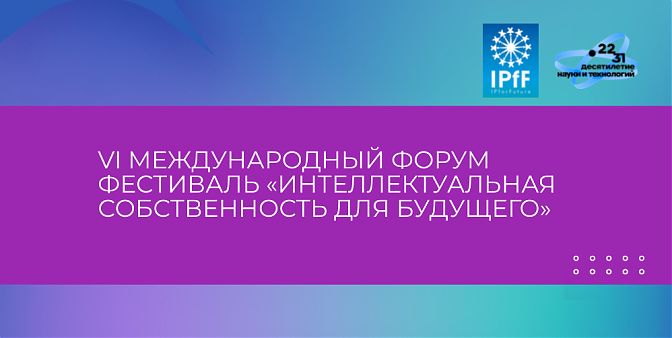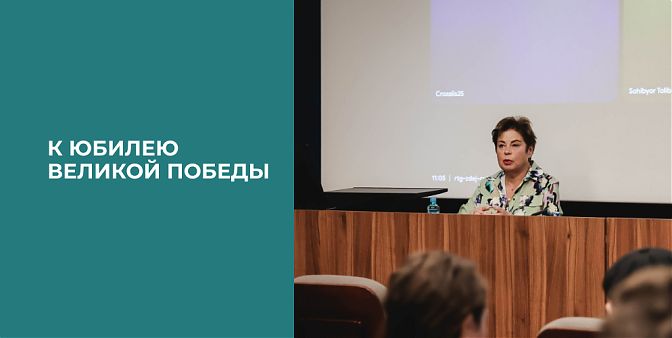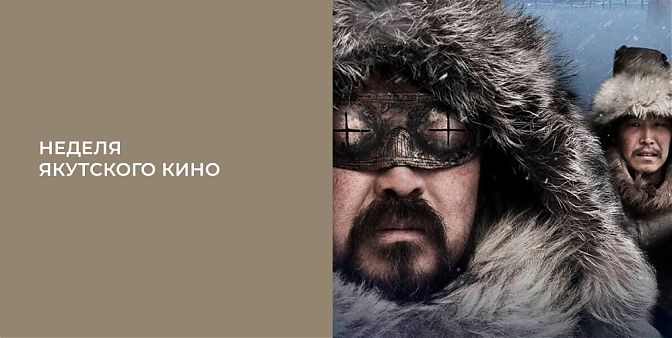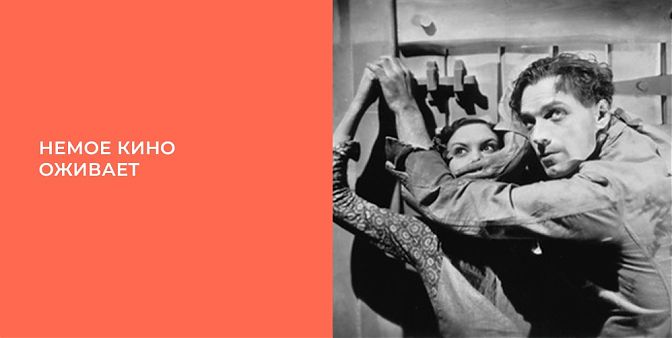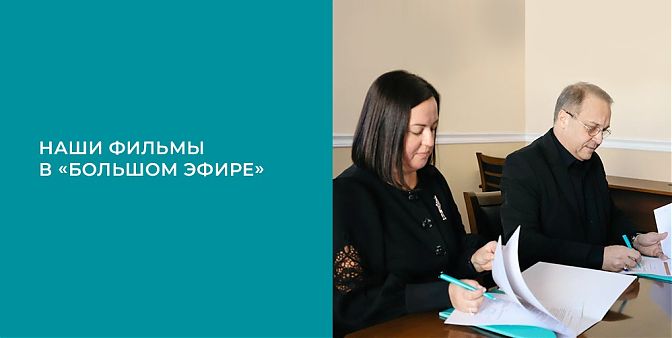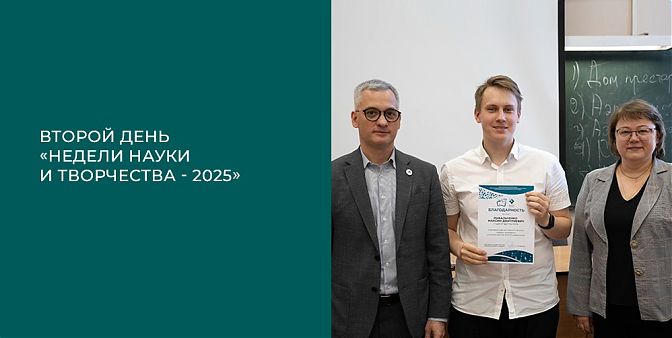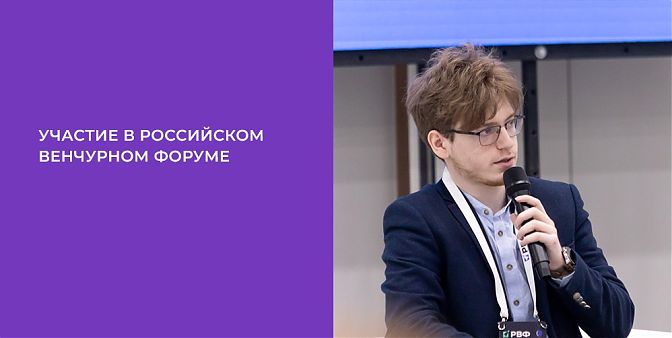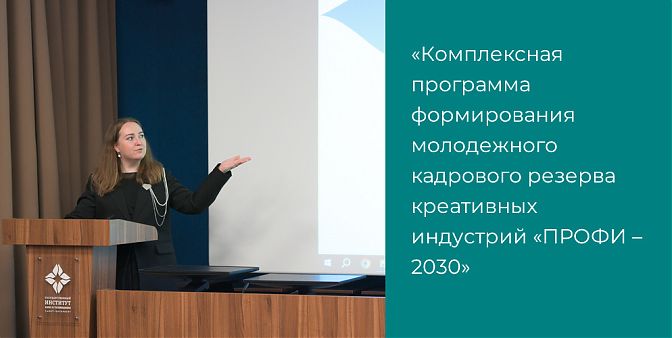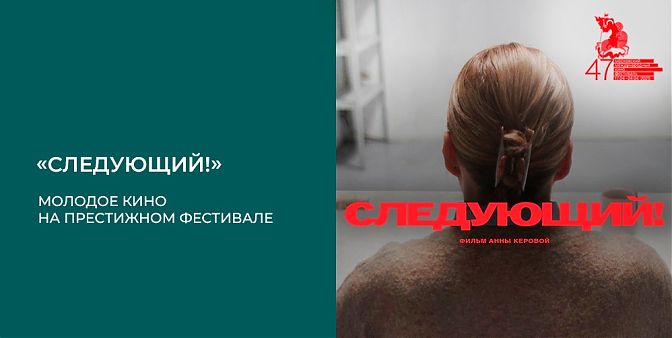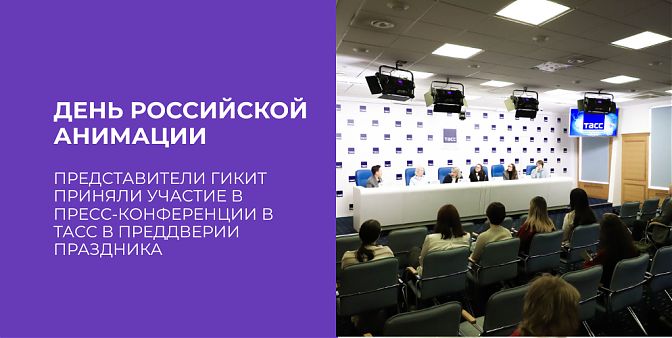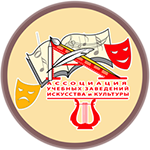04.03.2019
IBC, swallows and VR
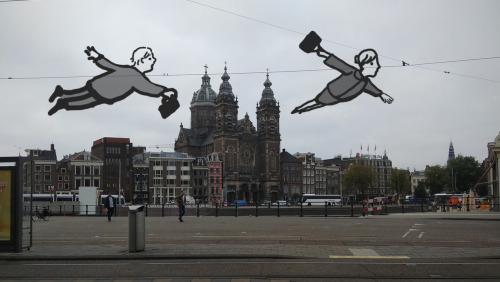
We are continuing a series of publications of SPUFT students' notes on attending the International Broadcasting Convention IBC2018 in Amsterdam. This time Antonina Evdokimova, a student of the Faculty of Management and Media Communications, shared her impressions about the trip.

Every year in the middle of September thousands of people from all over the world pack suitcases, dress up a black jackets and as a huge flock of swallows go to Amsterdam. And it is my second time and second autumn, than I take my travel bag and become a part of this amazing monochrome human stream that flows to shores of talkative IJ. What calls me and other in these September’s days to banks of bay? The answer is an International Broadcasting Convention (IBC). This is a great event for everybody who interested in broadcasting and film industries. It is easy to find here like-minded person, interesting technologies for your business and to learn something new. Last year I visited IBC as a visitor for a student pass and was delighted with the exhibition and have got a dream to come back next year. At the end of spring I took a part in conference “Digital and information technologies in electronic media industry – 2018” and was selected by IABM to visit IBC. It is a huge joy because it gives opportunity to attend all lectures and talks. I am crazy fan of VFX, animation, VR and AR, so I was very happy to hear and learn about them as much as I can. And for my luck, VR was one of the hottest topics of this convention.
This year a big part of IBC conference was devoted to VR and AR technologies and it was a great opportunity to see, how the industry has changed for last year and what new ideas have appeared. I was especially pleased to learn more about synthetic VR content and ways how to make and use it more effectively. The big part of VR content is 360-degree video. Usually, it is really shooting in a real place and we can move our head, but we can’t change our place inside it or have any influence on our environment. It is cause a feeling of limitation and uncomforted sometimes, but it’s difficult to make such content more interactive because we work with a ready picture. Furthermore, sometimes we forget that VR is not just an entertainment or method of demonstration. It also can be a tool. A good decision is a real-time engine and synthetic content. It gives many opportunities for creating. And at this year on IBC I saw a lot of interesting ways for using VR. In this report, I have tried to fix things that really caught my eyes and stole my heart.

Unity Cinemachine
Cinemachine is a unified procedural camera system which was made for games but was adopted for a cinema. It was created in 2017 and at the moment we can see the results of working with this system. “The Jungle Book”, “Blade Runner 2049” and “Ready Player One” - all they were made in Cinemachine. You can use a VR headset or customized handheld table to tracking virtual camera in real time. It was absolutely incredible to see how it was working on Big Screen during a presentation by Adam Myhill and Habib Zargarpour. Why this system is useful? It makes connection and communication between cameraman and animators team easier. The cameraman can make very handiwork frames in a way, which is closed for traditional shooting. He or she can track virtual camera and changed the position of object for better picture by themselves and it saves time. In such situation, animators and 3d-artists can focus on animation and don’t decide other problems.
Cinema 4D + Griptool.io
Cinema 4D is one of the most popular 3d editor and it is really comfortable for animation, modeling and etc. It means that you can make a synthetic VR content. Also, it has ability to render video and picture in 360, which is important for VR. This year on the Maxon’s stand, Lars Scholten made a presentation “CG Pipeline around Cinema 4D and Popular Plug-ins” which showed “Griptool.io”. It is software for motion-graphics and mechatronics projects. It's all about connecting and controlling virtual objects by physical devices and vice versa. For example you can make a digital model of arm and control it on a screen of your PC by your smart phone. But that is the most interesting – you can use it for a camera tracking as “Cinemachine” by Unity. Animator can make a virtual scene at Cinema4D and use it for a rendering of picture, which will be sanded for a laptop that used as a controller for a virtual camera. It is mean that you can create a virtual house and travel around it by changing your laptop (and your) position in real world. Of course it is difficult to say that is VR in full meaning of these words, but we could changed laptop for VR-glasses and enjoy, isn’t it?

360’ video
Speaking about more “traditional” VR and software for its creation we should say about Adobe’s products and Boris FX’s plug-ins for it. After Effects, Photoshop and Adobe Premiere Pro give an ability to work with 360 and Adobe does everything to make it cosy for users. But sometimes users want more. This year Boris FX shows amazing plug-ins for VFX and tracking in 360 – Mocha and Continuum. They working fast and give a nice picture. I’m very grateful for ibc-team of Boris FX (and especially to Peter McAuley) for splendid presentation of the products and master-class.
Vanguard of VR
At the IBC there were many different impressive lections and talks about VR and AR. I was impressed by presentations of Dr. Oliver Scheer about advanced volumetric capture and processing. Fraunhofer HHI technology for volumetric video 3DHBR is a great tool for creating new 3d-content. It has caught my eyes and I feel that it can change some directions in art of digital animation and modeling. Because it can solve many task in an easy way. Another hope giving presentation was by Marius Preda and tells about MPEG-I coding performance in immersive VR/AR application. If we speak about application and rendering, weight of point-clouded models is a huge problem - It literally ties hands and limits the possibilities of application. And it’s nice to know that solutions to this problem are being developed. Combination of this research results and 3DHBR system could give admirable results.
Then I tried to speak about AR and VR with some of my colleagues in Russia many of them were very skeptical of future of VR and it made me disappointed. And it was a huge pleasure to see so much people who work in this sphere and make an interesting stuff on IBC. So, I am very inspired by all this new information about technology and software. It gives me a huge field for researching and skills improvement as animator. Now I totally sure, that VR wouldn’t die and it can be not just a toy, but a very powerful tool for creating and I want to use it in my projects.
Aftertaste of IBC
In conclusion I want to say that IBC2018 become one of the most inspirited events of my live. I met amazing people from different countries and got an ability to discuss with them important and interesting things. Some of them have become my friends and we want to try work together. I see new technologies and start to understand that skills I should up. I want to become a master of my craft and know that if I continue to work hard and study, it can become a truth. “Whatever man has done, man may do” and IBC it is a place there real people show incredible things that they made by their own hands and mind. It is a great inspiration. Another point why it was important to visit convention is new information and technologies because industry changes very fast and it is important to “be in” to stay demanded specialists. I am sure that all students should attend the exhibition because is difficult to follow all new developments during the study at university.

So, I'm grateful to IAMB Educational Foundation and especially Dr. Martin Salter for opportunity to visit IBC, because it is like a door to a huge world. And I hope that at next year I will take my bag again and as a swallow return to shores of IJ to become stronger.
Antonina Evdokimova,
St.Petersburg State University of Film and Television



